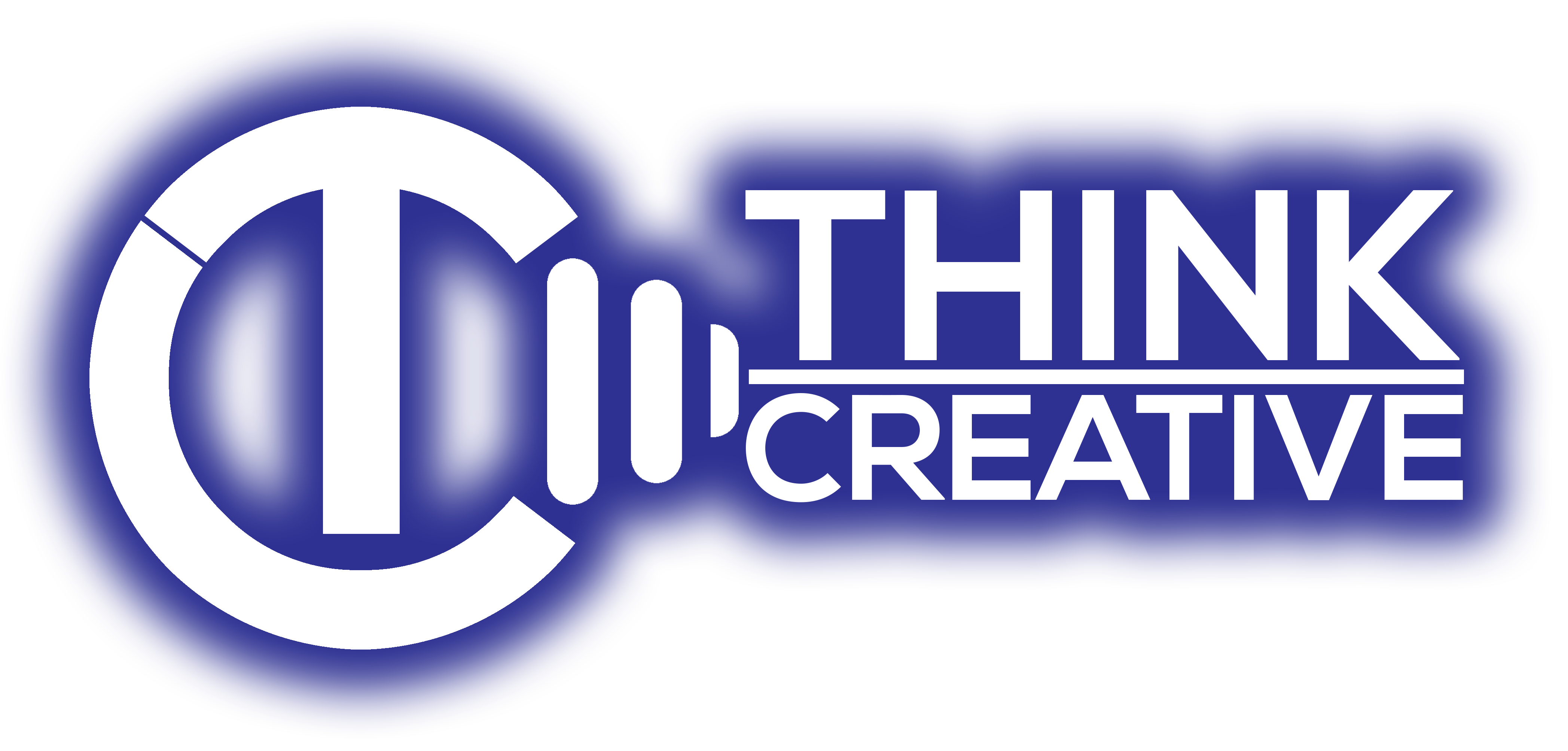In today’s competitive automotive landscape, a strong digital presence isn’t just an advantage – it’s a necessity. Potential car buyers are increasingly turning to the internet to research vehicles, compare prices, and even initiate the purchasing process. This makes effective digital marketing crucial for auto dealers looking to attract leads, drive showroom traffic, and ultimately, close deals.
However, simply having a website and running some online ads isn’t enough. To truly succeed, dealerships need to understand what’s working and what’s not. This is where tracking key digital marketing metrics comes into play. By carefully monitoring the right data, auto dealers can gain valuable insights into their campaign performance, optimize their strategies, and maximize their return on investment (ROI).
Ignoring these metrics is like driving blind. You might be putting in effort, but you won’t know if you’re heading in the right direction or wasting valuable resources. So, what are the essential digital marketing metrics that every auto dealer should be tracking? Let’s dive in:
Website Traffic & Engagement:
Your dealership’s website is often the first point of contact for potential customers. Understanding how users interact with it is paramount.
- Website Visits: This is the fundamental metric – how many people are visiting your website? Track daily, weekly, and monthly trends to identify patterns and the impact of your marketing efforts.
- Unique Visitors: This tells you how many new individuals are visiting your site, as opposed to repeat visitors. A growing number of unique visitors indicates successful reach.
- Bounce Rate: This percentage indicates how many visitors leave your website after viewing only one page. A high bounce rate could signal issues with website design, content relevance, or page load speed.
- Pages Per Session: This metric shows the average number of pages a visitor views during a single session. Higher engagement suggests users are finding your content valuable and exploring your offerings.
- Average Session Duration: How long are visitors staying on your website? Longer session durations often indicate higher interest and engagement.
Lead Generation Metrics:
Ultimately, the goal of your digital marketing is to generate qualified leads that convert into sales.
- Number of Leads: Track the total number of leads generated through various online channels, such as contact forms, quote requests, and phone calls initiated from the website.
- Lead Conversion Rate: This crucial metric measures the percentage of website visitors who complete a lead generation action. Optimizing your website and calls-to-action can significantly improve this rate.
- Cost Per Lead (CPL): Calculate how much you’re spending to acquire each lead. This helps you assess the efficiency of your different marketing channels.
- Lead Source: Identify which digital channels (e.g., Google Ads, social media, organic search) are generating the most leads. This allows you to focus your resources on the most effective sources.
Search Engine Optimization (SEO) Metrics:
For long-term success, organic search visibility is vital.
- Keyword Rankings: Track your website’s ranking for relevant keywords that potential car buyers are searching for. Improved rankings drive organic traffic.
- Organic Traffic: Monitor the number of visitors coming to your website through organic search results. This indicates the effectiveness of your SEO efforts.
- Domain Authority (DA) & Page Authority (PA): These metrics, provided by Moz, indicate the authority and trustworthiness of your website and individual pages, influencing search engine rankings.
- Backlinks: Track the number and quality of websites linking back to yours. High-quality backlinks boost your SEO.
Paid Advertising (PPC) Metrics:
If you’re investing in paid advertising, these metrics are essential for optimizing your campaigns.
- Impressions:The number of times your ads are displayed.
- Clicks:The number of times users click on your ads.
- Click-Through Rate (CTR):The percentage of impressions that result1 in a click. A higher CTR indicates your ads are relevant and engaging.
- Cost Per Click (CPC): The average cost you pay for each click on your ads.
- Conversion Rate (Ads): The percentage of ad clicks that result in a desired action, such as a lead form submission or phone call.
- Return on Ad Spend (ROAS): This critical metric measures the revenue generated for every dollar spent on advertising.
Social Media Metrics:
If social media is part of your strategy, track these metrics to gauge engagement and reach.
- Reach: The number of unique users who saw your social media content.
- Engagement (Likes, Comments, Shares): These metrics indicate how users are interacting with your content.
- Website Clicks from Social Media: Track how many users are clicking through from your social media posts to your website.
- Follower Growth: Monitor the growth of your social media audience.
Beyond the Numbers: Connecting Metrics to Business Goals
It’s crucial to remember that these metrics aren’t just numbers on a spreadsheet. They represent real customer behavior and preferences. By analyzing these metrics regularly, auto dealers can:
- Identify high-performing campaigns and channels.
- Understand customer behavior and preferences.
- Optimize website content and user experience.
- Improve lead generation strategies.
- Reduce wasted ad spend.
- Ultimately, drive more sales and increase profitability.
The Takeaway
In the fast-paced world of automotive sales, data-driven decisions are key to success. By consistently tracking and analyzing these key digital marketing metrics, auto dealers can gain a competitive edge, attract more customers, and drive their business forward. Don’t let your digital marketing efforts be a shot in the dark – illuminate your path to success with the power of data.


Recent Comments